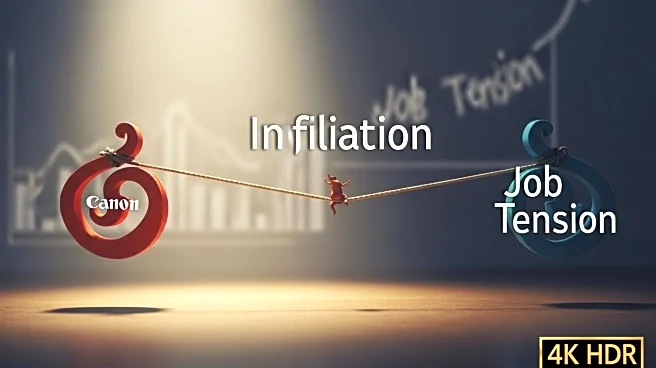What's Happening?
The IRS has released the capital gains tax brackets for 2026, offering higher earnings limits for the 0% rate, which could provide tax planning opportunities for investors. The new limits allow single
filers to earn up to $49,450 in taxable income and married couples up to $98,900 while still paying 0% on long-term capital gains. This adjustment reflects inflation and aims to offer more generous tax breaks compared to previous years. Financial experts suggest that these changes could benefit investors looking to harvest gains or diversify their portfolios without incurring tax liabilities.
Why It's Important?
The adjustment in capital gains tax brackets is significant for investors, as it provides an opportunity to maximize returns on long-term investments without additional tax burdens. This change could encourage more investment activity, potentially boosting economic growth. The increased limits also reflect broader economic trends, including inflation and market performance, which have implications for financial planning and investment strategies. By offering more favorable tax conditions, the IRS aims to support economic stability and incentivize investment.
What's Next?
Investors are likely to reassess their portfolios and consider strategies to take advantage of the 0% capital gains rate. Financial advisors may see increased demand for guidance on optimizing investment returns under the new tax conditions. As the market continues to evolve, further adjustments to tax policies may be considered to align with economic changes and investor needs.
Beyond the Headlines
The changes in capital gains tax brackets highlight the ongoing relationship between tax policy and economic behavior. By adjusting tax rates, the IRS influences investment decisions and economic activity, underscoring the role of government in shaping financial markets. This situation also raises questions about the balance between tax incentives and revenue generation, as policymakers navigate the complexities of economic growth and fiscal responsibility.













